Improving the resident lifecycle through digital communication
Find out how property managers use digital communication for resident engagement throughout the resident lifecycle.
Ever wonder how society would have navigated the COVID-19 pandemic without digital communication? It’s almost inconceivable. For apartment operators, it was a lifesaver during the pandemic. Resident engagement and communication between renters and on-site teams were heavily conducted through digital platforms.
But even as the pandemic winds down the digital shift isn’t dwindling. If anything, property managers are relying on digital communication even more. And with good reason, too.
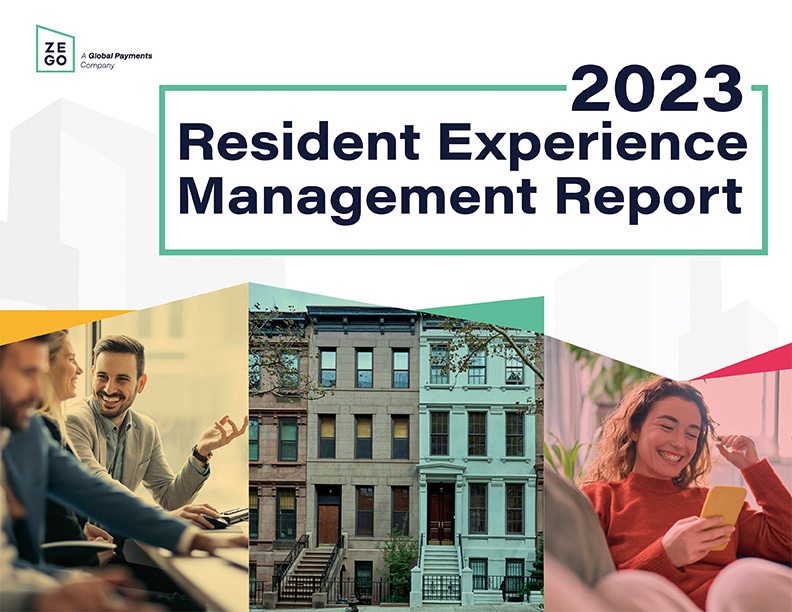
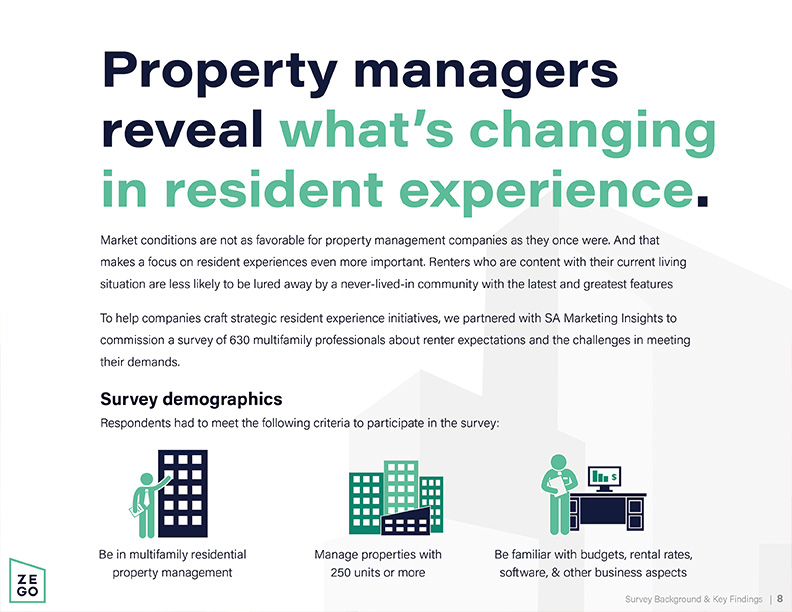
FREE DOWNLOAD
2023 Resident Experience Management Report
Learn the newest trends in resident experience and how companies are applying them to attract and retain more renters. Based on survey data from over 600 property management companies, this free report details what it takes to thrive in this new era.
Why digital communication improves resident engagement
Digital communication is convenient and improves response times. Residents have high standards about communications with their property managers. When they need to reach out to on-site teams they want easy ways to get in contact with someone.
Not only do they want it to be easy to reach someone, but they also want a quick response. Promptly responding to resident concerns helps build trust in their on-site teams. Digital communication speeds this up and can offer more transparency about the status of a request.
Digital communication isn’t just for keeping residents informed. Community apps have the ability to let residents interact with one another and have more insight into what’s happening in the community. And when that happens, it can but it can make them feel more at home in the community.
Maybe the biggest reason to use digital communication is because it’s what residents prefer. That was a key takeaway from our first-ever State of the Resident Experience Report. The report reveals the results from a survey of nearly 700 apartment operators. They were asked several questions about the resident experience in their communities. Here’s what we discovered about resident engagement and digital communication.
Managers use multiple communication channels throughout the resident lifecycle but residents prefer digital methods
Apartment operators were surveyed about the primary ways they communicate with residents. Here is what they said.
Which of the following do you use most often to communicate with residents?
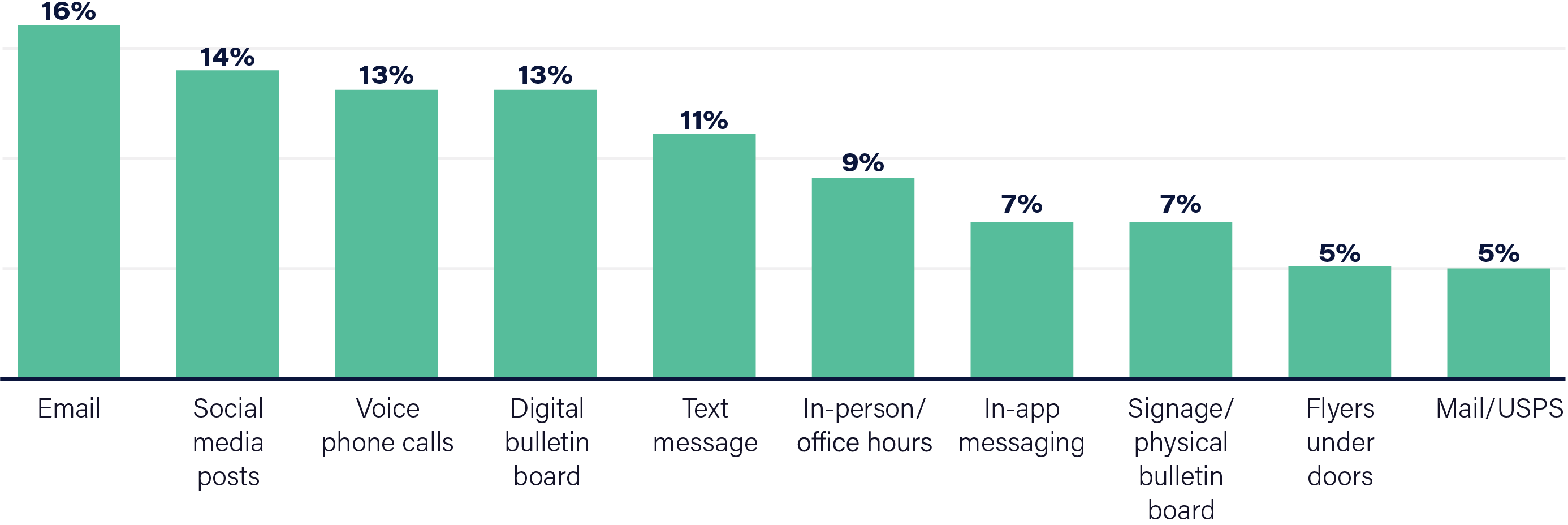
We also thought it would be interesting to compare the methods used to what residents actually prefer. To do that, we looked at the NMHC/Kingsley 2020 Apartment Resident Preferences Report.
It turns out that almost all residents prefer digital communication. We define digital communication as email, text messages, social media, online portal/property app, and newsletters. Non-digital communication methods include posted notice/flyer, home phone, and written letter/memo.

Residents clearly have their preferred communication channels. But the bad news is that they don’t necessarily match managers’ primary communication methods. Ninety-two percent of residents chose at least one digital option as their preferred communication method. However, a large percentage of property managers don’t use digital methods as their main communication method.
This presents an opportunity to improve resident satisfaction. By modernizing your communication methods and shifting to digital options, you can build resident engagement. Not only that, it offers residents a personalized experience that they might not get at a competing property.
Community apps drive resident engagement across the resident lifecycle
Community apps are becoming one of the most popular digital channels for resident engagement. It’s probably because they are becoming more comprehensive. Residents can communicate and perform a wide variety of tasks through a single community app.
Using our Zego™ Mobile Doorman data, we compiled the most common ways residents interact with their on-site teams.
The most popular interactions between on-site teams and residents within Zego™ Mobile Doorman
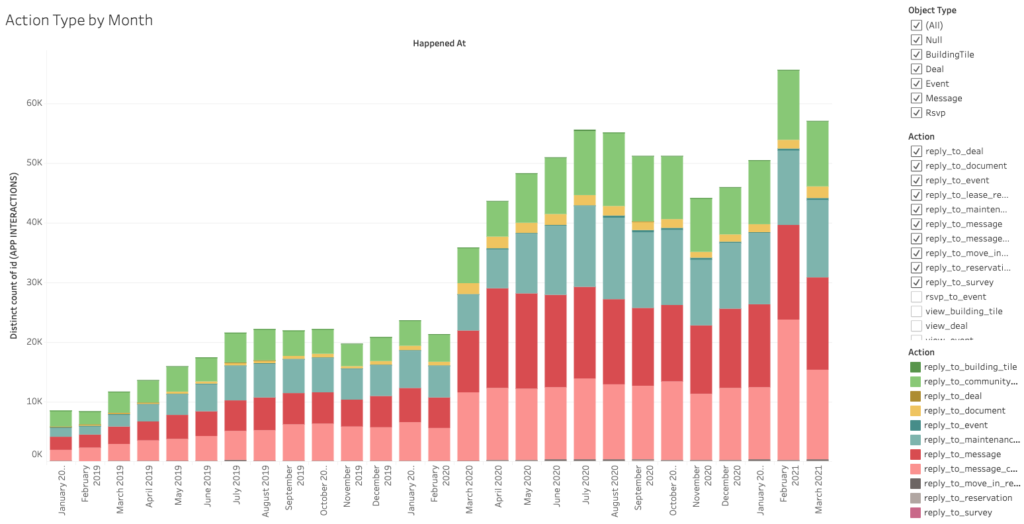
The top three types of communications residents utilize in-app the most are general messages, maintenance requests, and bulletin posts. These are things that have traditionally been conducted over the phone or in person. But now, residents are shifting their preferences to digital ways.
Managers are planning to add more digital options over the next 12 months
Our previous chart shows that managers don’t communicate digitally as often as residents would like. But the good news is that many companies are planning to expand digital communication options over the next year.
Which of the following options (using an online portal via a web browser, or a mobile app) do you currently provide to your residents, and which do you plan to start providing in the next 12 months?
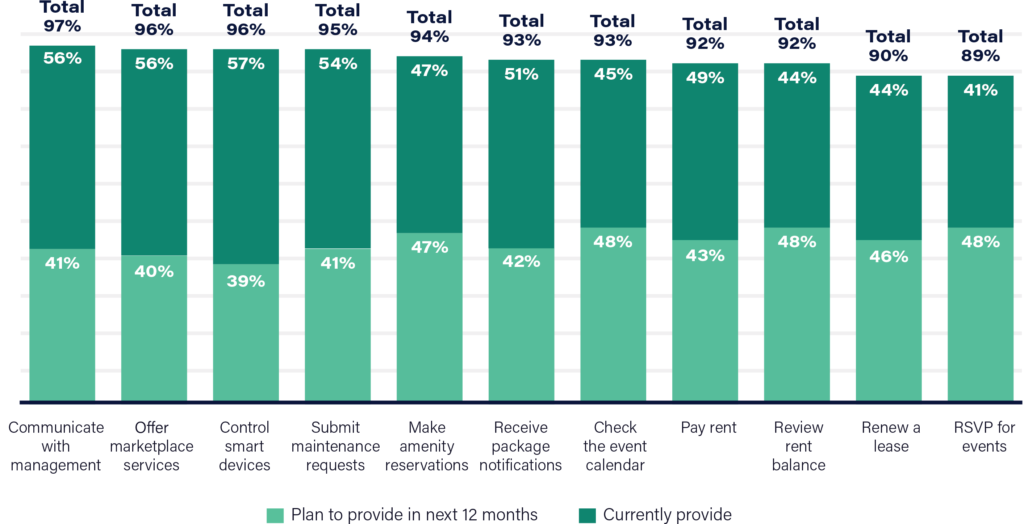
Management companies are prioritizing digital experiences for residents. That’s why many companies will have most resident touchpoints migrated to a digital platform within the next 12 months. The most popular functions they are adding are resident self-service options. Specifically, RSVP’ing for events, reviewing rent balances, viewing event calendars, and reserve amenities. Not only are these self-service options convenient for residents, but they also streamline duties for their on-site teams.
More resident engagement strategies
There are so many ways to boost resident engagement throughout the resident lifecycle. Smart resident lifecycle management strategies increase occupancy, boost resident satisfaction and maximize renewals. If you want more insights into your resident experience, look no more. Our report, The State of Resident Experience Management covers all the bases. Not only that, we offer recommendations that improve the community living experience and resident retention rates.